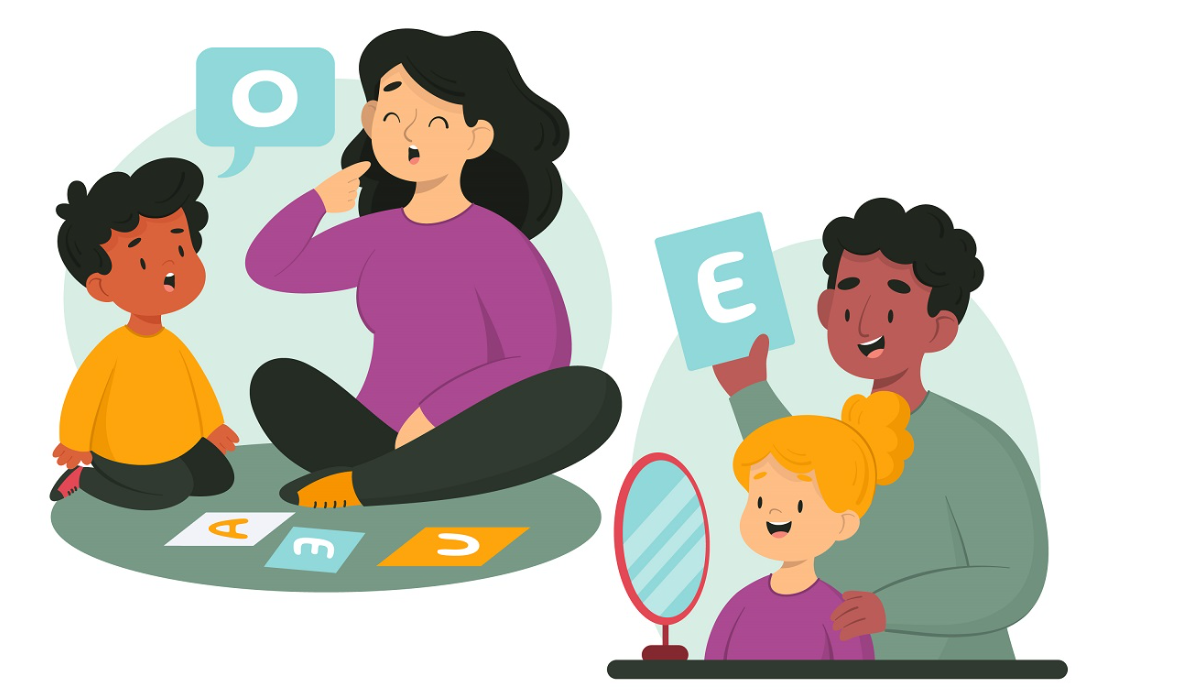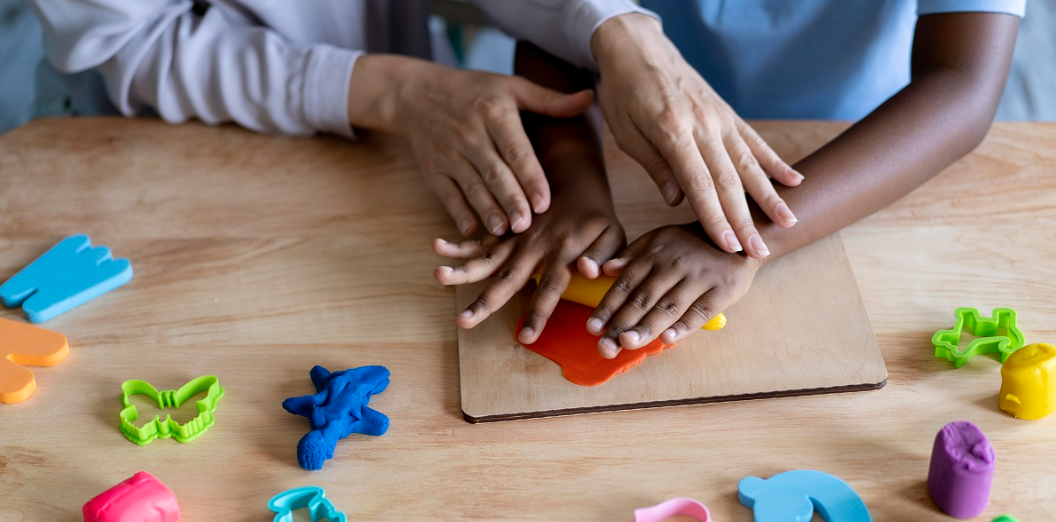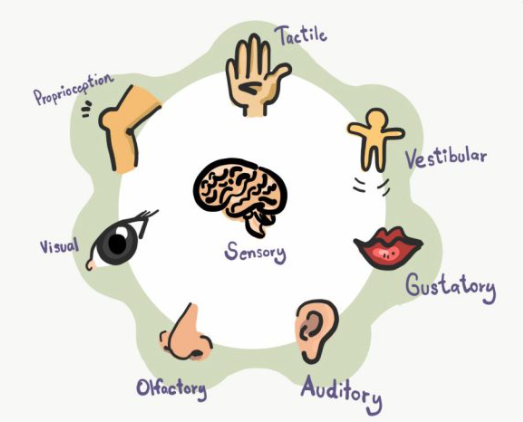Key Points
How to help your child communicate

-
use your child's name so they know you're speaking to them
-
keep language simple and clear
-
speak slowly and clearly
-
use simple gestures, eye contact and pictures or symbols to support what you're saying
-
allow extra time for your child to understand what you have said
-
ask your autism assessment team if you can get help from a speech and language therapist (SLT)
-
read tips from the National Autistic Society on communicating with your child
Dealing with anxiety

-
Your child may be feeling anxious due to changes in routine, difficulty identifying and communicating their feelings, or sensory issues from their environment
-
It might help to have visual timetables, prepare them in advance when changes in routine occur, and use a sensory checklist to identify sensory triggers.
Photos from https://embracingautismspectrum.com/
Sensory difficulties

Children with ASD may experience over- or under-sensitivity to sounds, touch, tastes, smells, light, colours, temperatures, or pain. Background sounds can seem unbearably loud or distracting.
Many autistic children and young people prefer no physical contact, which can be misinterpreted as being cold and aloof.
Supporting sensory processing:
-
Sensory breaks.
-
Movement breaks.
-
Engagement in sensory activities, such as structured messy play.
-
Sensory room or space.
-
Low arousal areas, which provide quiet and calm for the CYP.
-
Safe and calm zones.
-
Sensory aids: ear defenders, fidget toys, weighted lap pads, etc.
-
Calm down box.
-
Additional access to playground equipment e.g., trim trail.
-
Reduction of classroom visuals, such as reducing classroom displays.
-
Providing a distraction free space, such as a workstation.

